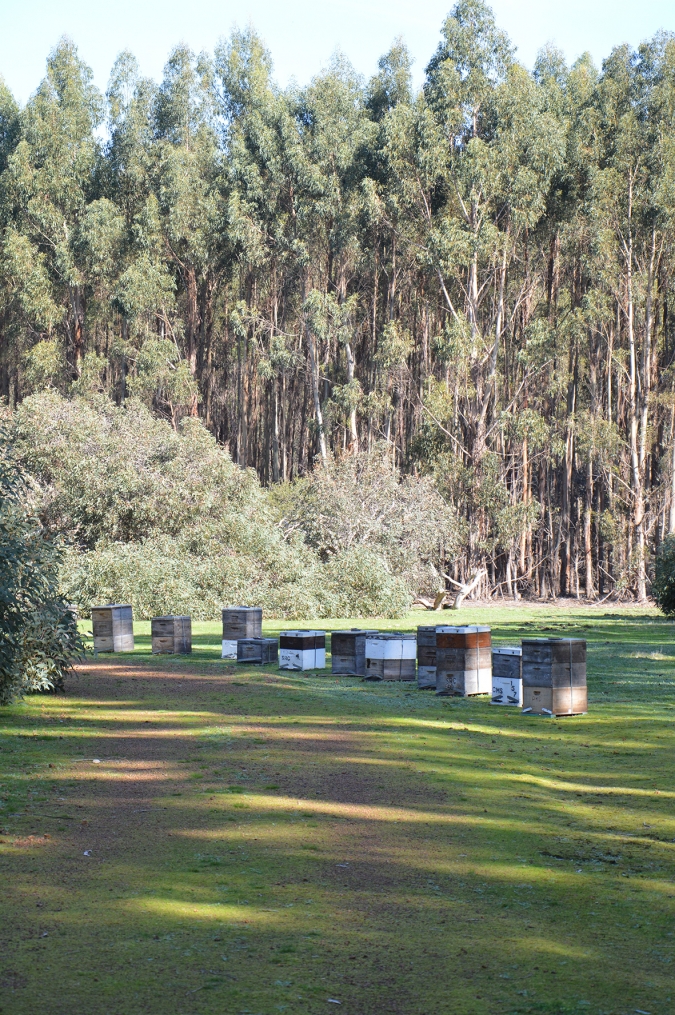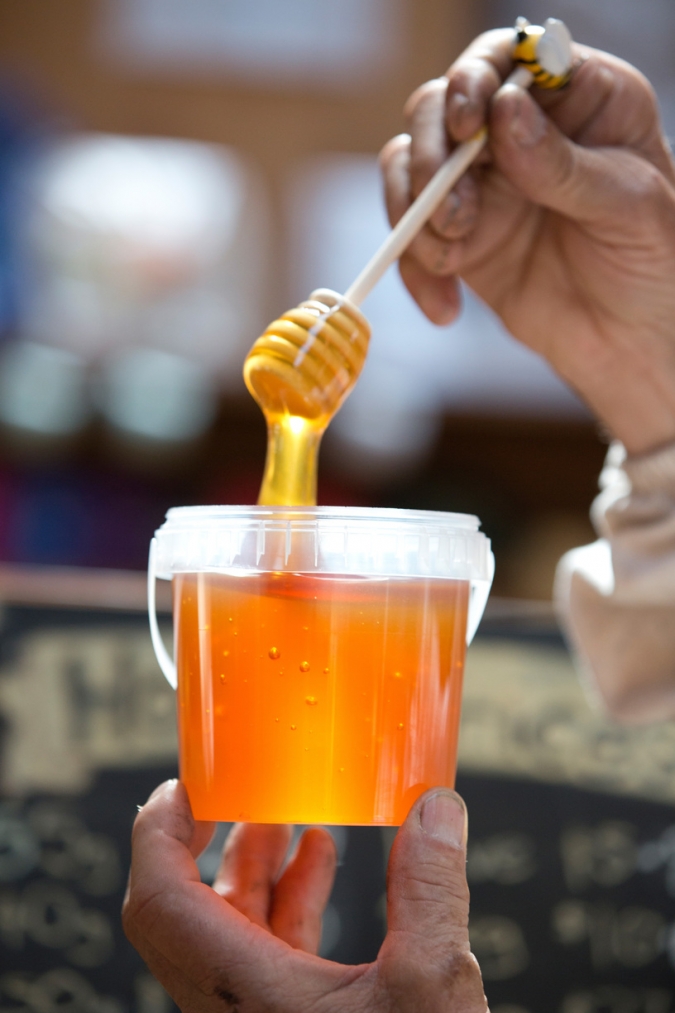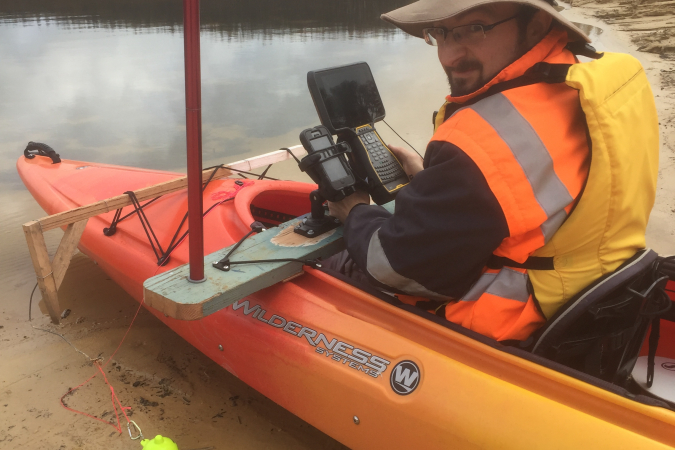Sweet deal for honey growers

Kangaroo Island honey is prized as one of the Island’s most famous exports, and KIPT’s bluegum plantations have an important role to play in its production.
The world’s last remaining pure strain of Ligurian honey bees is protected by the water gap that separates the island from the mainland and strict biosecurity rules keep it disease-free by preventing the importation of honey, beeswax and beekeeping equipment.
Several of the Island’s honey producers have licences to place their beehives in KIPT’s plantation properties.
Peter Davis of Island Beehive has been doing so for almost two decades, when some of the properties were still grazing land.
He said the hives in plantations were important. “They give our bees access to native bushland and creek lines within and outside of the plantations.”
 Honey from these hives is used to produce four of his five varieties – spring flora, stringy bark, sugar gum and cup gum, but not the coastal flora honey.
Honey from these hives is used to produce four of his five varieties – spring flora, stringy bark, sugar gum and cup gum, but not the coastal flora honey.
More than 7000 hectares of KIPT’s 25,000 hectares is remnant native vegetation, supporting not only honey production but also a number of important flora and fauna species and communities.

